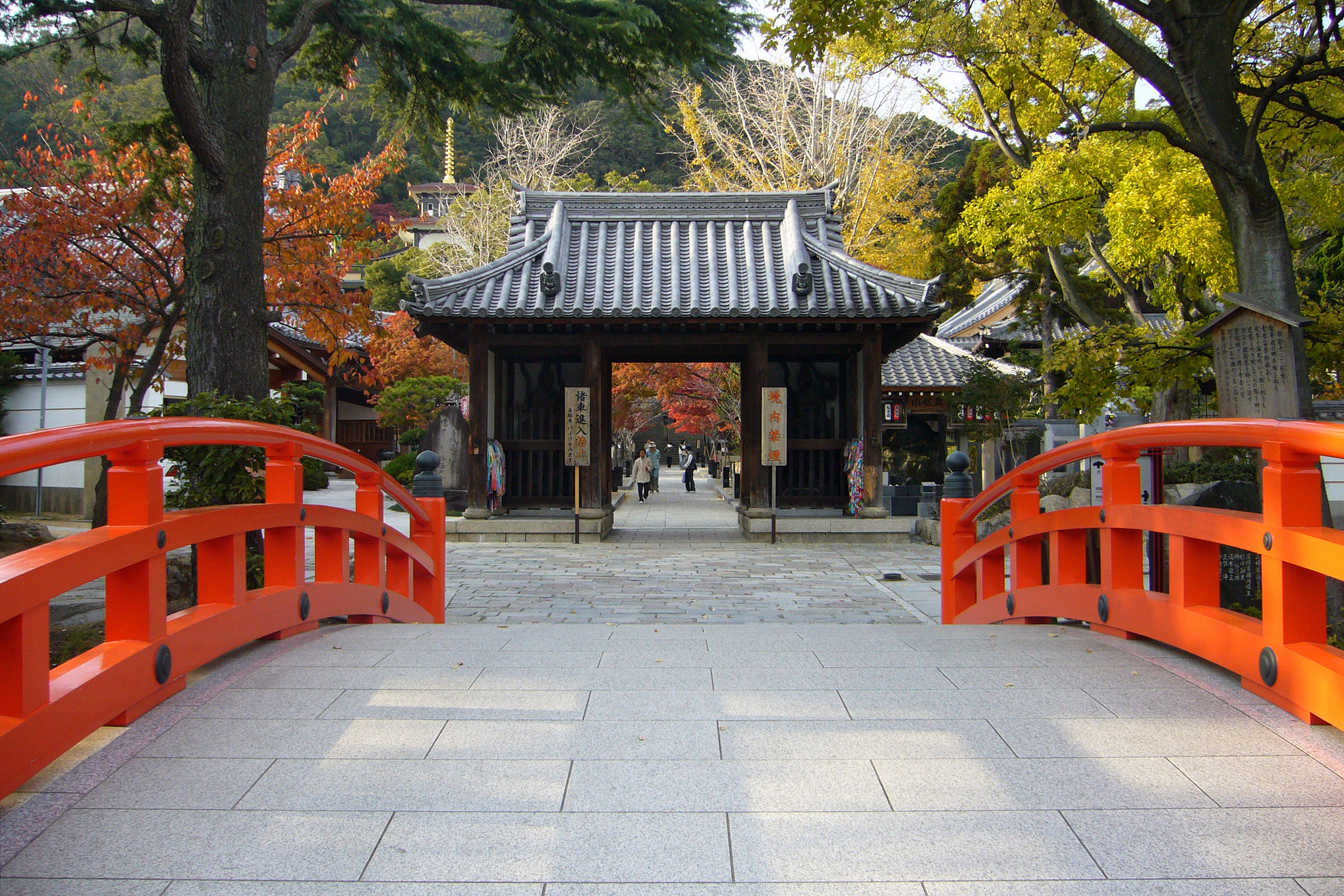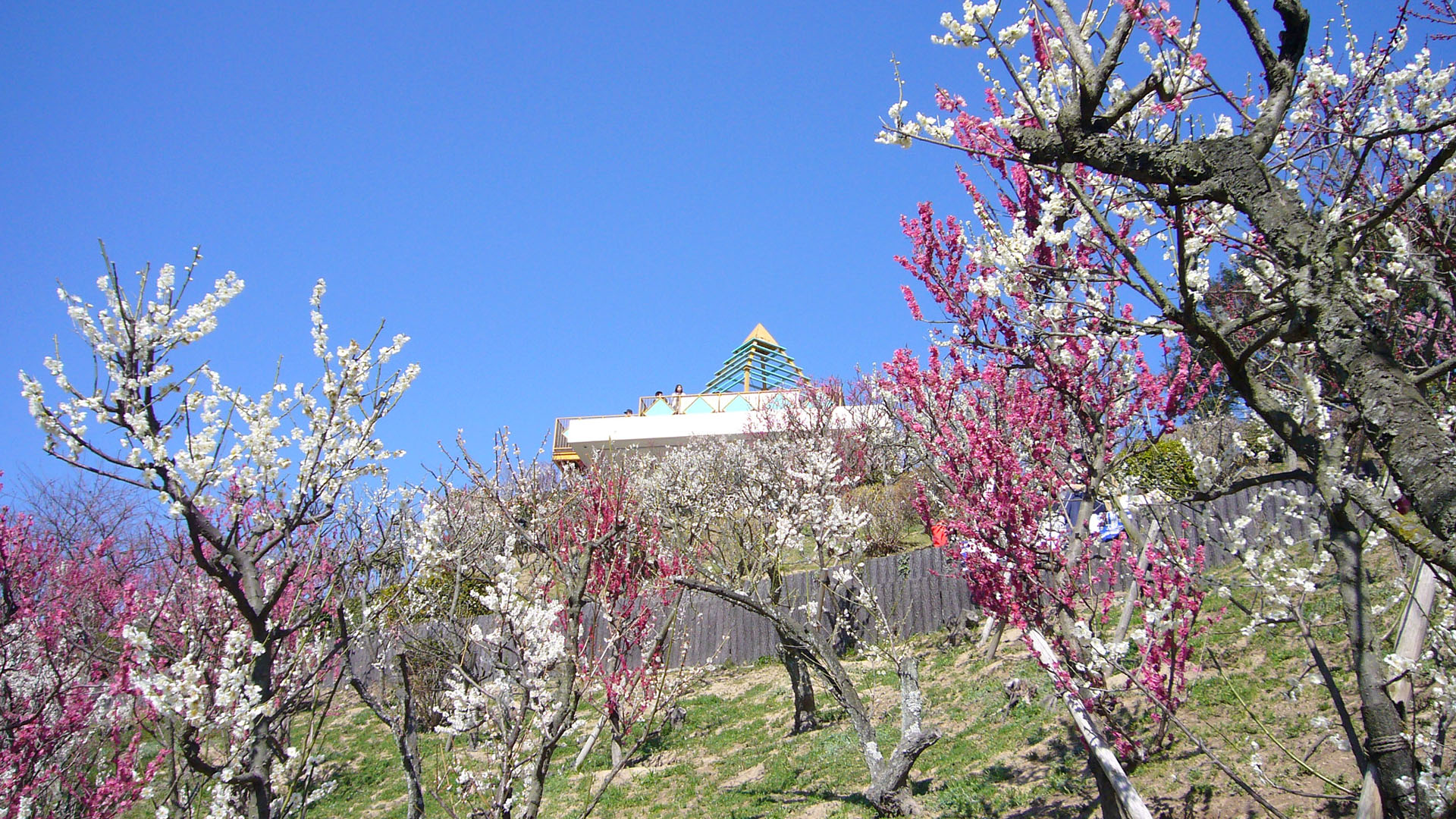Suma-ku, Kobe on:
[Wikipedia]
[Google]
[Amazon]
is one of 9
Nowadays, people mainly live in Myodani, Myohoji and other northern parts of the ward. Myōdani Station is a major station in western Kobe.



wards
Ward may refer to:
Division or unit
* Hospital ward, a hospital division, floor, or room set aside for a particular class or group of patients, for example the psychiatric ward
* Prison ward, a division of a penal institution such as a priso ...
of Kobe
Kobe ( , ; officially , ) is the capital city of Hyōgo Prefecture Japan. With a population around 1.5 million, Kobe is Japan's seventh-largest city and the third-largest port city after Tokyo and Yokohama. It is located in Kansai region, whic ...
, Japan
Japan ( ja, 日本, or , and formally , ''Nihonkoku'') is an island country in East Asia. It is situated in the northwest Pacific Ocean, and is bordered on the west by the Sea of Japan, while extending from the Sea of Okhotsk in the north ...
. As of February 1, 2012, it has an area of 30.0 km², and a population of 166,324, with 71,745 household
A household consists of two or more persons who live in the same dwelling. It may be of a single family or another type of person group. The household is the basic unit of analysis in many social, microeconomic and government models, and is im ...
s.
There is a white sandy beach in this ward, which attracts tourists to the Kansai
The or the , lies in the southern-central region of Japan's main island Honshu, Honshū. The region includes the Prefectures of Japan, prefectures of Nara Prefecture, Nara, Wakayama Prefecture, Wakayama, Kyoto Prefecture, Kyoto, Osaka Prefectur ...
region for sun bathing and popular events during the summer season. The beach is also a location in the Japanese literary classics ''Ise Monogatari
is a Japanese ''uta monogatari'', or collection of ''waka (poetry), waka'' poems and associated narratives, dating from the Heian period. The current version collects 125 sections, with each combining poems and prose, giving a total of 209 poems i ...
, '' Genji Monogatari'', and ''Heike Monogatari
is an epic account compiled prior to 1330 of the struggle between the Taira clan and Minamoto clan for control of Japan at the end of the 12th century in the Genpei War (1180–1185). Heike () refers to the Taira (), ''hei'' being the ''on'yo ...
''. Suma is often referred as an ''utamakura
is a rhetorical concept in Japanese poetry.
Definition
is a category of poetic words, often involving place names, that allow for greater allusions and intertextuality across Japanese poems.
enables poets to express ideas and themes concisel ...
'' or ''meisho
originally referred to sites in Japan famous for their associations with specific poetic or literary references. With the development of woodblock printing and newer styles of tourism during the Edo period, the term came to denote a wider range ...
'', and is mentioned frequently in ''waka'', and in Noh
is a major form of classical Japanese dance-drama that has been performed since the 14th century. Developed by Kan'ami and his son Zeami, it is the oldest major theatre art that is still regularly performed today. Although the terms Noh and ' ...
, Kabuki
is a classical form of Japanese dance-drama. Kabuki theatre is known for its heavily-stylised performances, the often-glamorous costumes worn by performers, and for the elaborate make-up worn by some of its performers.
Kabuki is thought to ...
and Bunraku
(also known as ) is a form of traditional Japanese puppet theatre, founded in Osaka in the beginning of the 17th century, which is still performed in the modern day. Three kinds of performers take part in a performance: the or ( puppeteers ...
dramas.Nowadays, people mainly live in Myodani, Myohoji and other northern parts of the ward. Myōdani Station is a major station in western Kobe.


Places of interest
* Suma Rikyu Park * Suma Public AquariumNotable people
*Shintaro Ishihara
was a Japanese politician and writer who was Governor of Tokyo from 1999 to 2012. Being the former leader of the radical right Japan Restoration Party, he was one of the most prominent ultranationalists in modern Japanese politics. An ultranat ...
- Governor of Tokyo
The is the head of government of Tokyo.
In 1943, upon the unification of Tokyo City and Tokyo Prefecture, the position of Governor was created. The current title was adopted in 1947 due to the enactment of the Local Autonomy Law.
Overview
The ...
* Yone Suzuki - businesswoman, lived in Suma-ku before 1927
* Nobu Jo - social worker, founder of a suicide prevention campaign in Suma
See also
*Japanese cruiser Suma
was a protected cruiser of the Imperial Japanese Navy, designed and built by the Yokosuka Naval Arsenal in Japan. She was the lead ship in the , and her sister ship was . The name ''Suma'' comes from a geographic location near Kobe, in Hyōgo P ...
* Japanese gunboat Suma
HMS ''Moth'' was an of the Royal Navy. Entering service in 1916, ''Moth'' had a varied career with service in the Middle East, the White Sea and the Far East in two world wars. Scuttled in World War II during the invasion of Hong Kong, the s ...
* Kobe child murders
The occurred in Suma, Kobe, Japan, on March 16 and May 27, 1997. Two victims, , aged 10, and , aged 11, were murdered by a 14-year-old boy reportedly named , under the alias .
The perpetrator was arrested on June28, 1997 in connection with the ...
* Myōdani Station
References
External links
* Wards of Kobe {{Hyogo-geo-stub